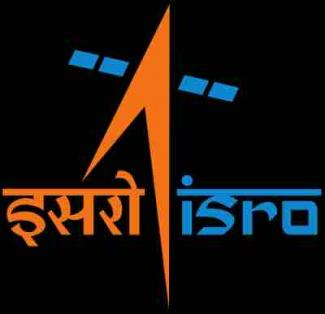ISRO Marching Ahead
Despite more than three decades of international restriction on technology regime, India’s space program has successfully launched INSAT 4CR satellite early this month. The satellite has life span of ten years and it carries 12 high-power Ku-band transponders for direct-to-home television services, facilitate video picture transmission and digital satellite news gathering. The success of this test is very important particularly when viewed at the background of last year’s failure. The Indian Space Research Organisation (ISRO) lost INSAT-4C, during the unsuccessful launch of Geo-synchronous Satellite Launch Vehicle (GSLV-F02) on July 10, 2006.
Last year’s failure was a major setback to ISRO’s future space plans. The launch had failed because one of the four strap-on motors had failed to work during the initial stage of the launch. This amounted to sudden loss of thrust resulting into disintegration of the entire system over Bay of Bengal putting approximately Rs 200 crores down the drain. However, now within a year ISRO has come with a successful launch and proved its ability to put satellites into a geosynchronous transfer orbit.
However, the growth of technology in India is closely related with the success of present Indo-US nuclear deal. At least the pro-nuclear deal lobby is continuously harping that the deal is very important for India not only for nuclear energy but more to end India’s ‘technological apartheid’. This is because once the US helps India to get into the nuclear mainstream then automatically the floodgates for technology transfer will open and India will get what it has been deprived so far. India’s ‘technological apartheid’ started post 1974 when India went nuclear. Restrictions were imposed by global community and no export of dual use technology has been done to India since then.
In fact ISRO could be considered as the biggest casualty of India’s nuclear policies. ISRO came into being in 1969 and was primarily helped by the US and few other western countries towards development of India’s space program. But post Indian nuclear tests (1974) a reason of denial started which got further strengthened after India weaponising its nuclear know-how in 1998. During 1990s the US had desisted Moscow from giving cryogenic engine technology to India. This definitely had delayed India’s space program by almost half a decade.
But, ISRO never got unduly worried by this denial regime and continued with its agenda by believing in self-help. The recent success of putting INSAT-4CR demonstrates this belief further. With success of INSAT-4CR ISRO is now capable of putting 2200 kg class satellites into the orbit. ISRO further intends to increase to increase this capacity to 4000 kg with its GSLV MIII vehicle. It will take few more years to reach to that level.
ISRO’s present program of INSAT 4 series satellites is essentially to augment its transponder capacity further. With the success of INSAT-4CR, ISRO now has a capacity of 211 transponders, which essentially are used for telecommunication purposes. The INSAT 4 series will have seven satellites, with INSAT 4-A, 4-B and 4-CR already in orbit. INSAT-4D, an exclusive C-band communication satellite, is expected to launch in 2008-09. It will have twelve normal C-band transponders and six extended C-band transponders with wider uplink and downlink coverage over Asia, Africa, and Eastern Europe, as well as zonal coverage.
The ISRO’s prime investments have been in the social sector, mainly catering to the country's remote sensing, education, and meteorological needs. Now, with communication transponders being essentially available for TV transmission, the ISRO is trying to get commercial benefits. As per the latest report, India plans to build a constellation of seven geostationary satellites at Rs 1,600 crore to meet the navigational system requirements in cars, trains and aircraft. The design aspects of these satellites are almost complete, and the process of building the prototype is in progress. First launch is expected to take place around 2010, subsequently entire system should be operational by 2012.
Also, ISRO proposes to launch a reusable rocket for the first time by 2010. Space scientists have already designed a "demonstrator" to measure the vehicle's parameters, and further work is in progress. ISRO is also focusing its attention on the Mars mission, which could take place as early as 2012, as per ISRO Chief Madhavan Nair.
Today, when we compare India’s space programme with others like Japan and China, it becomes evident that India may be behind them by a few years but definitely shows a potential to catch up despite all odds. Its Moon mission (Chandrayan) is reportedly progressing well and on schedule. Also, as per the reports, the vehicle to the moon would be ready for launch by mid-2008. Looking at the level of progress, one can conclude without hesitation that the achievements in the space arena are remarkable, and the roadmap for the future is very encouraging.
